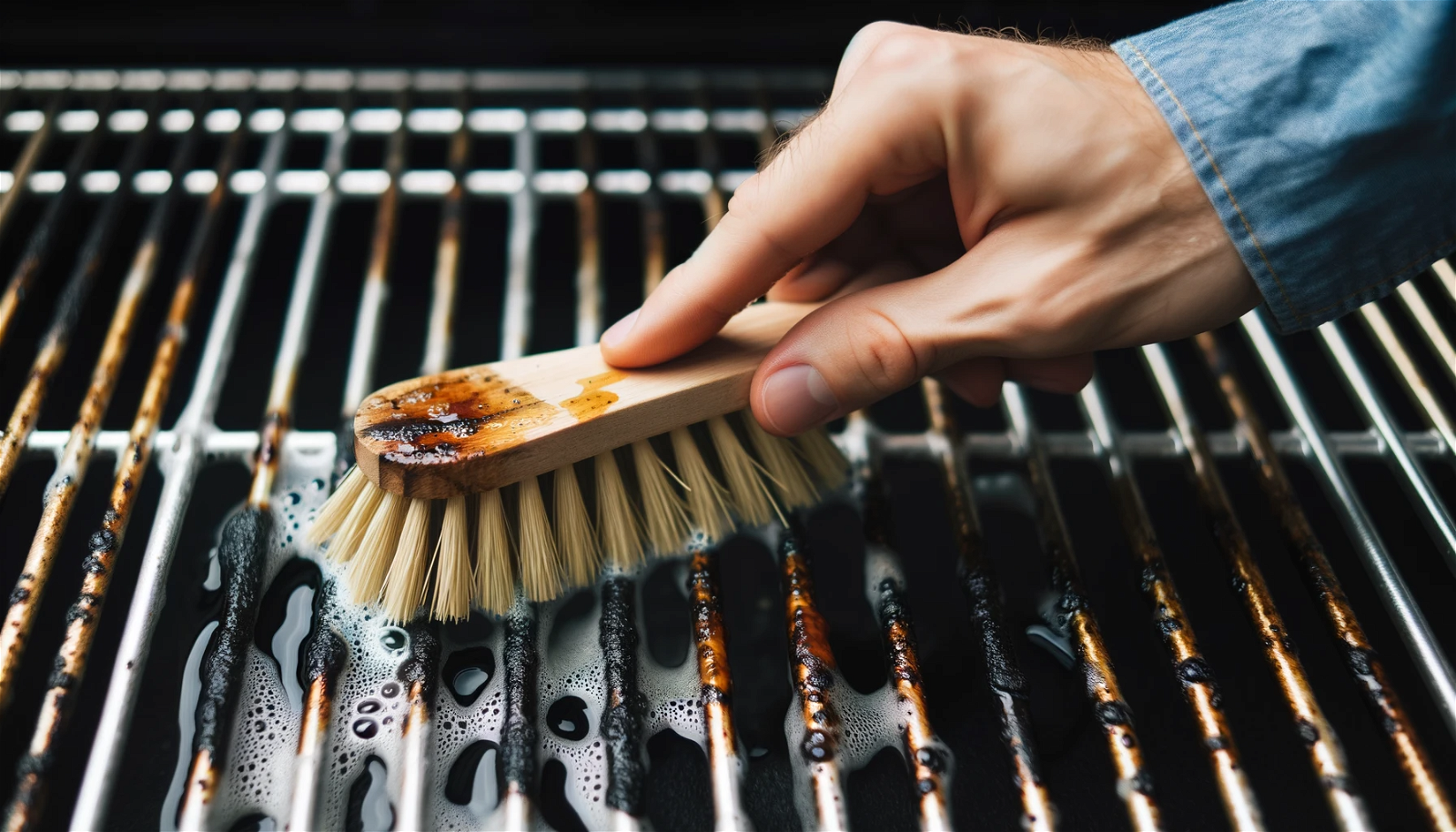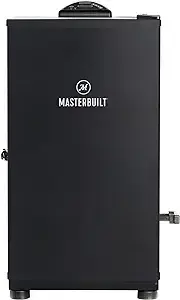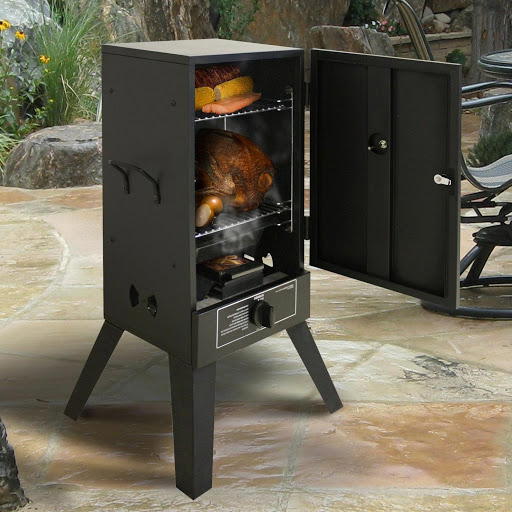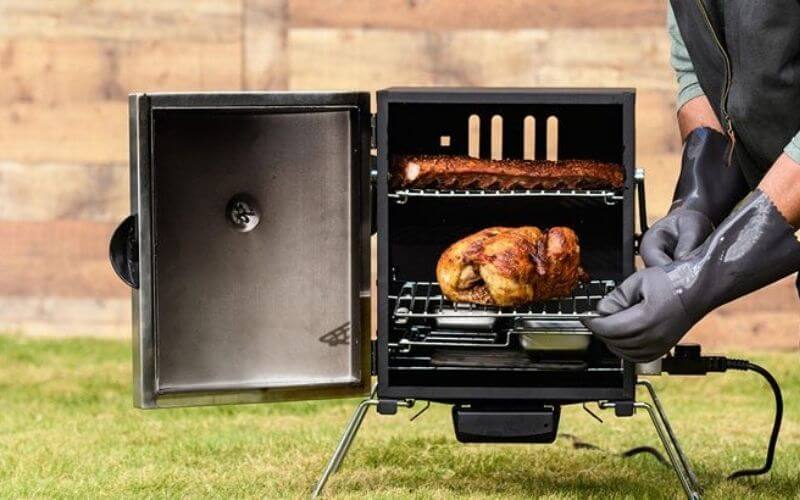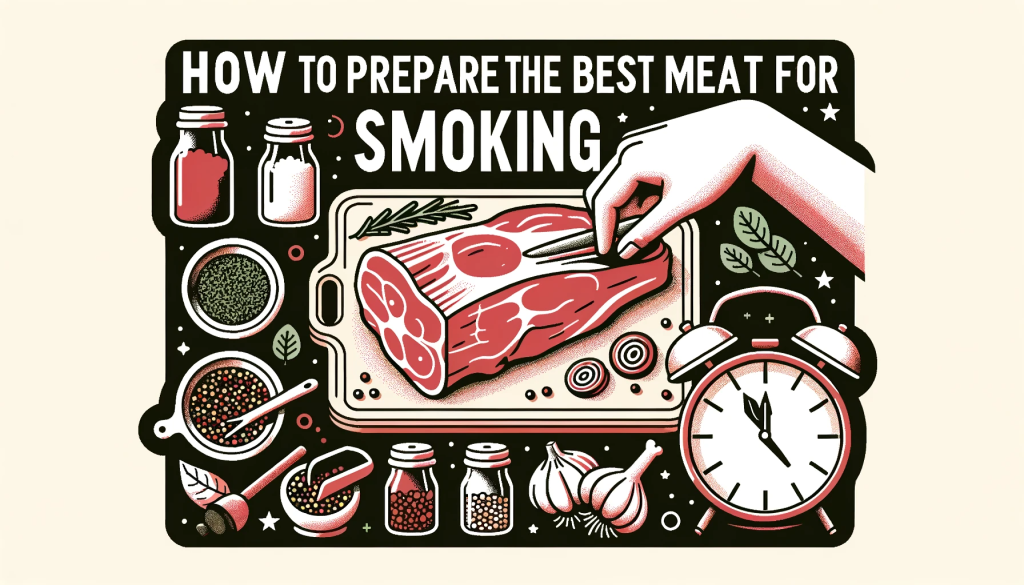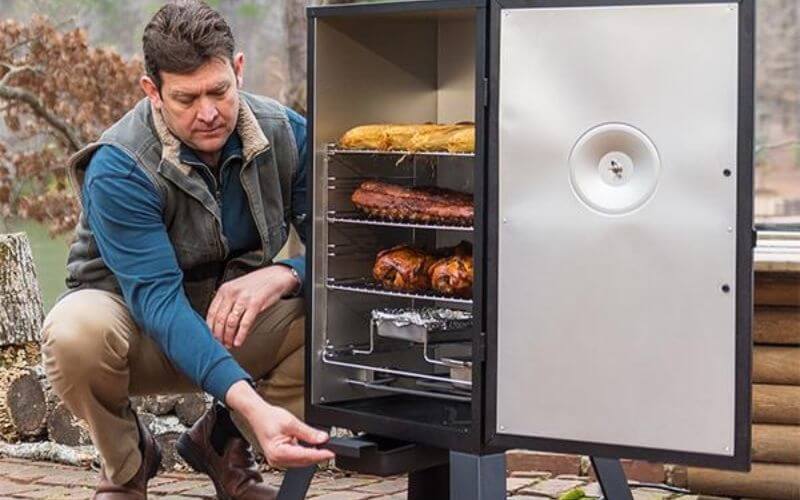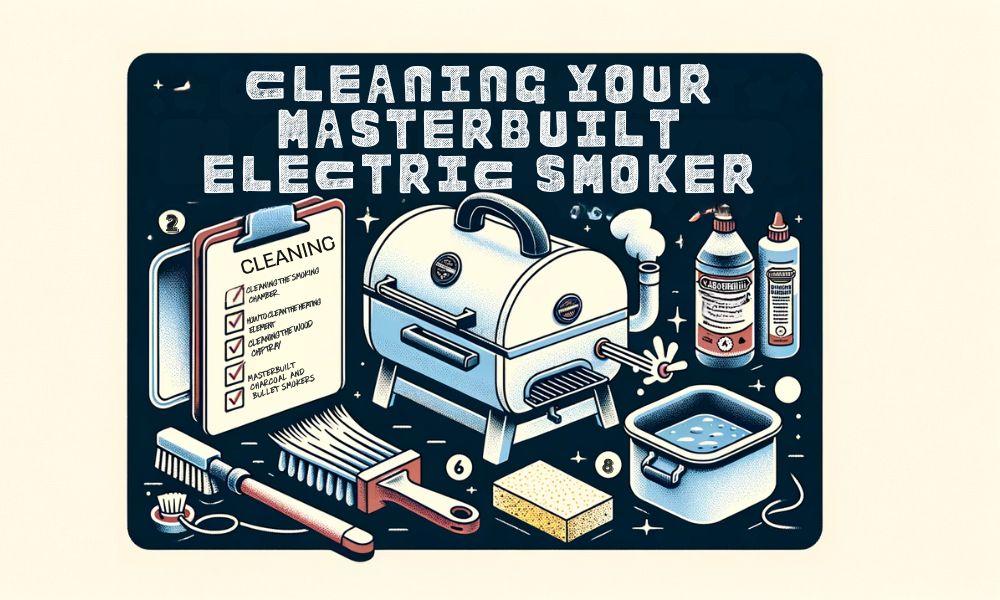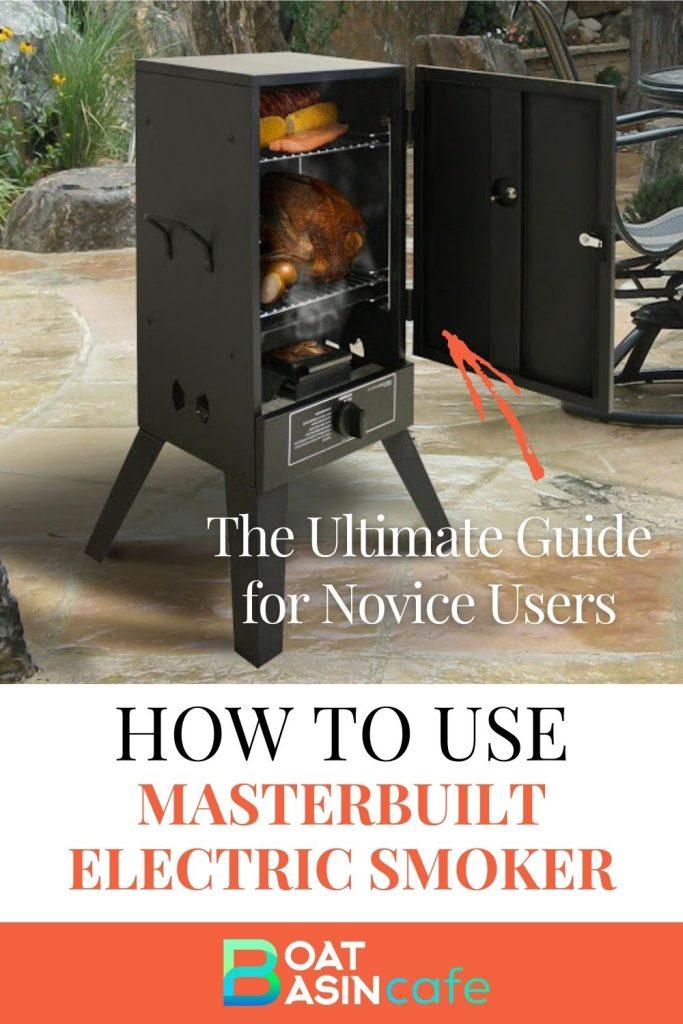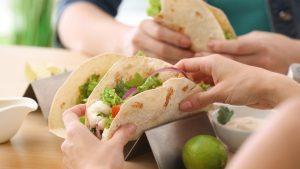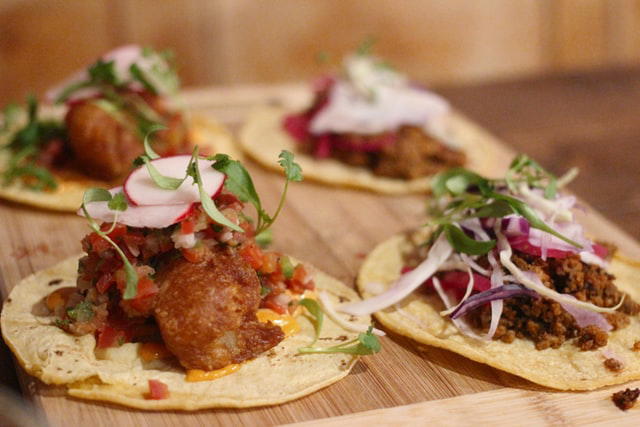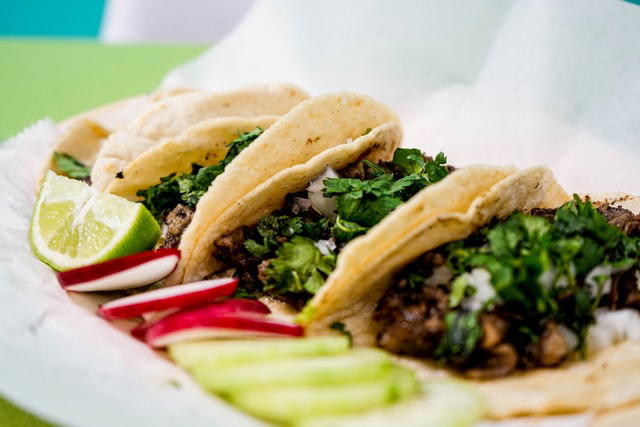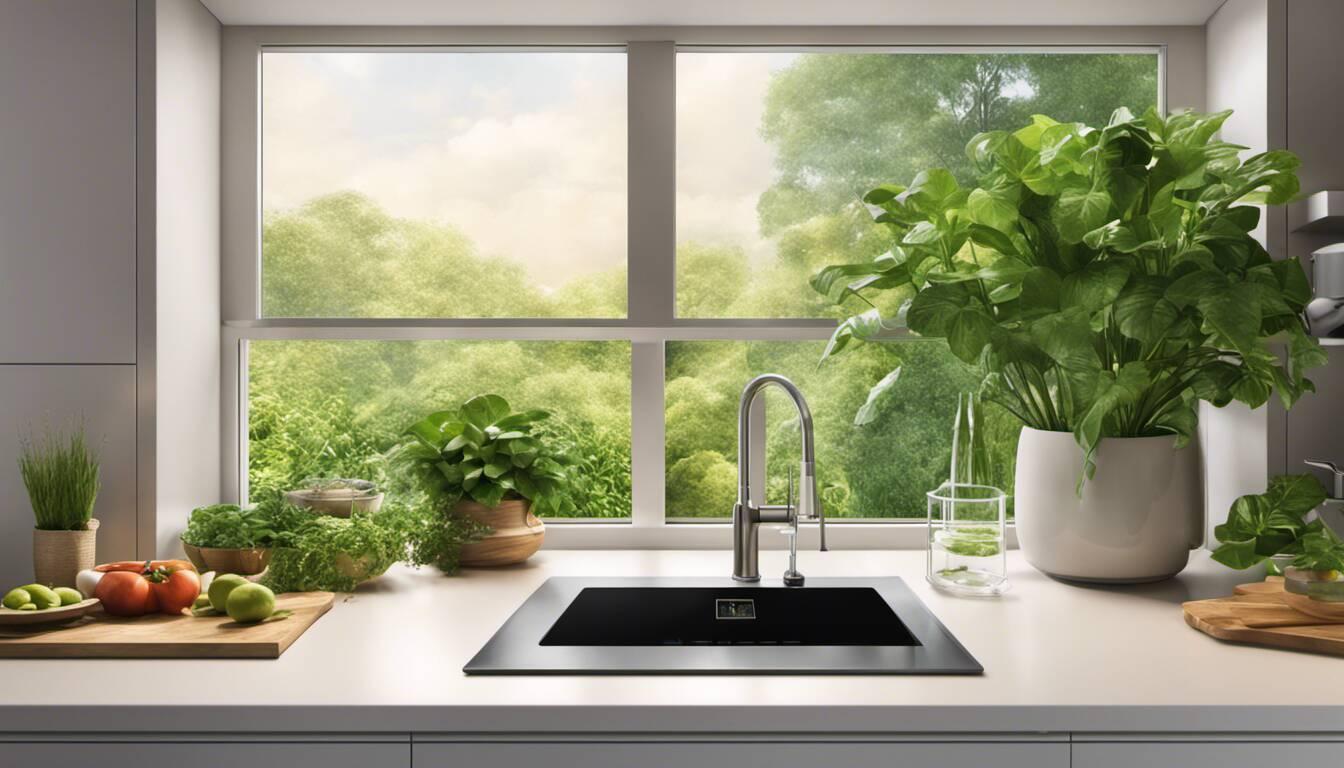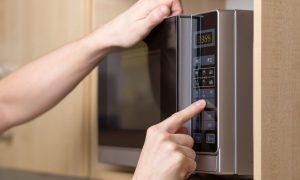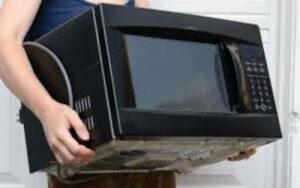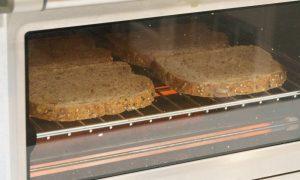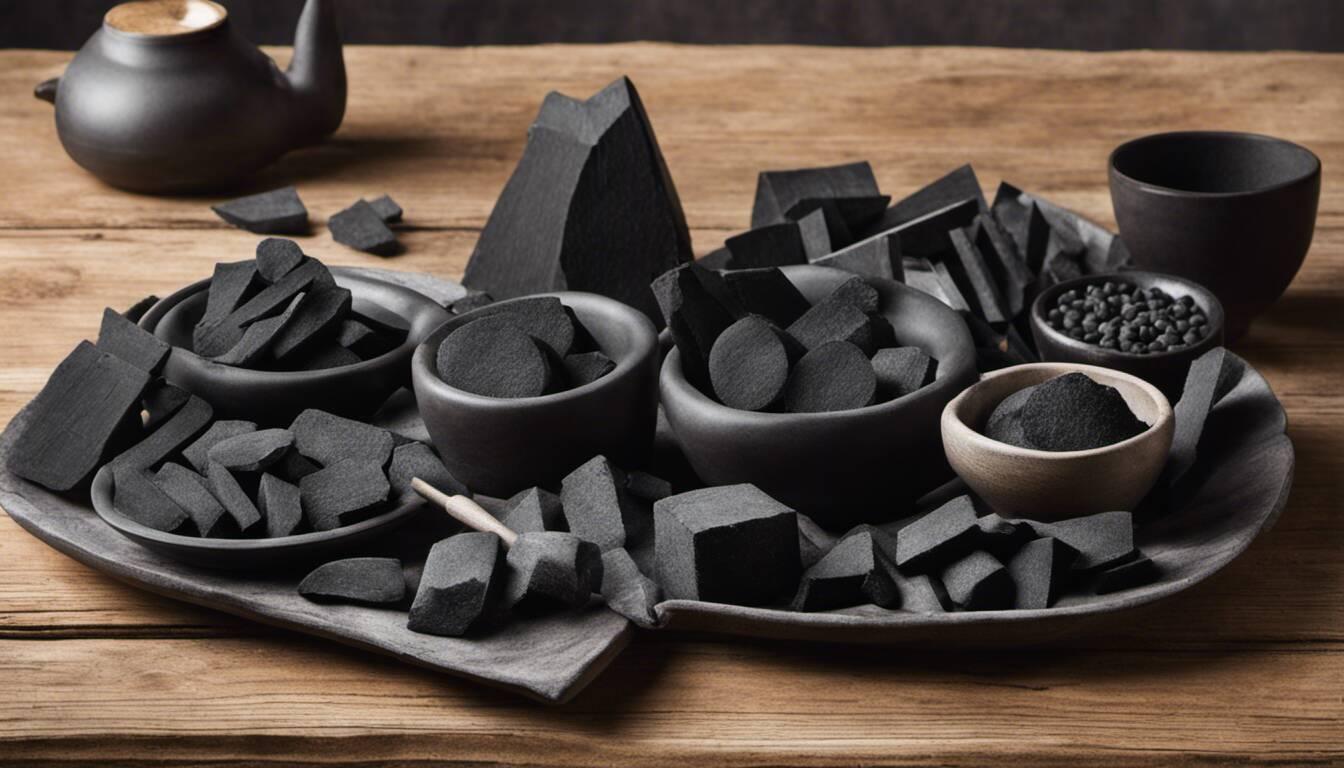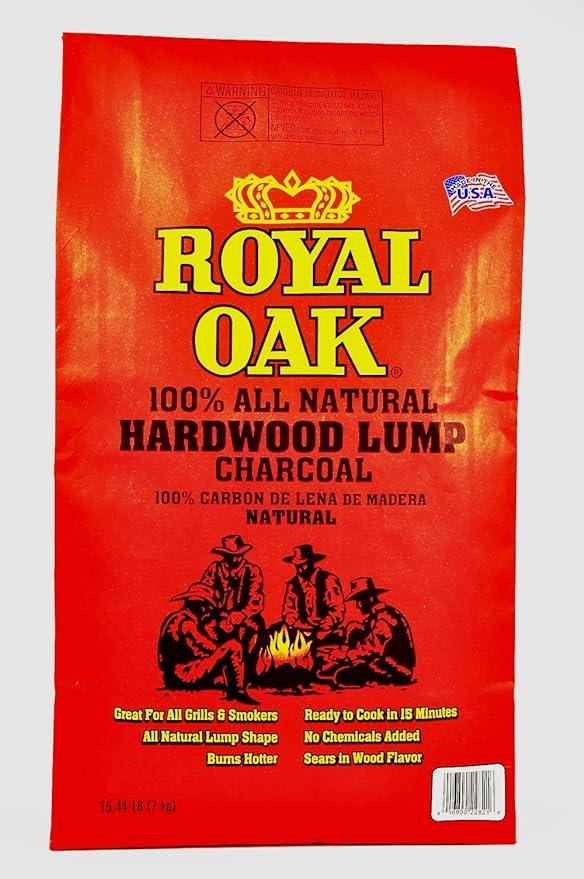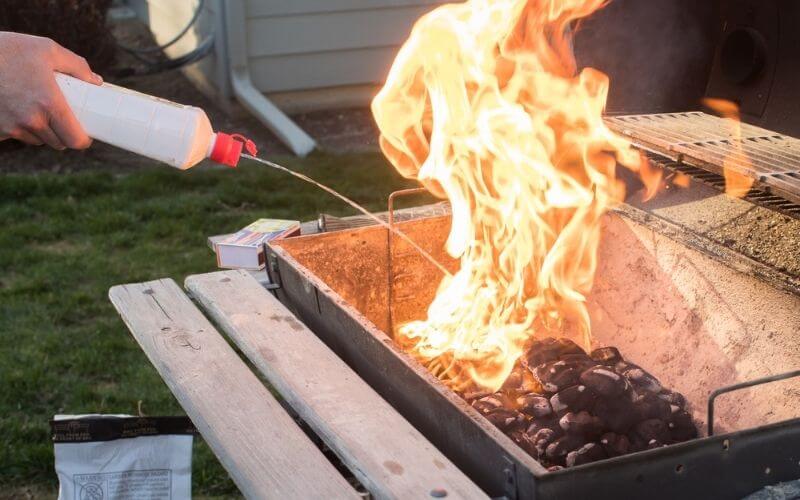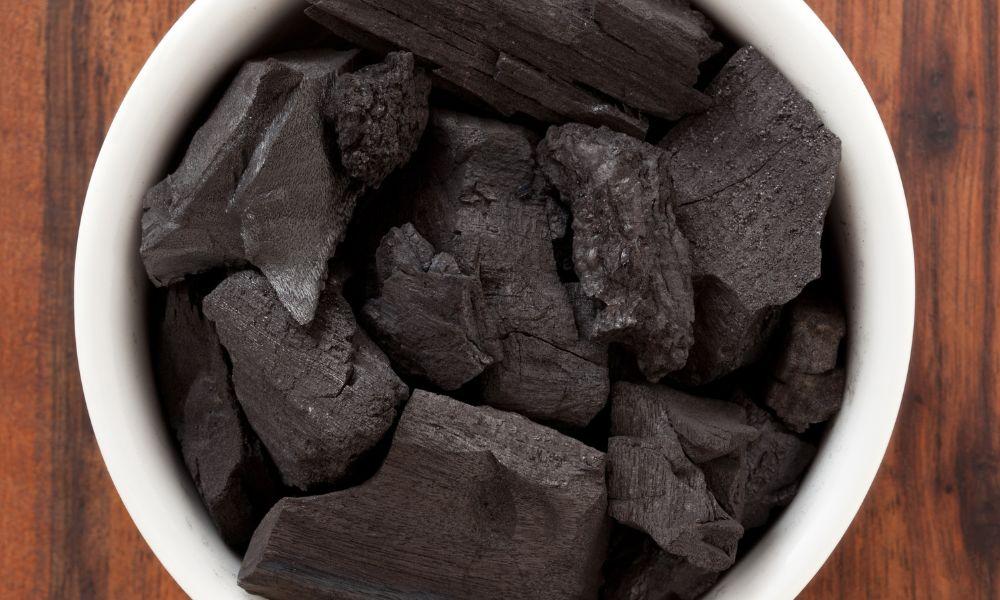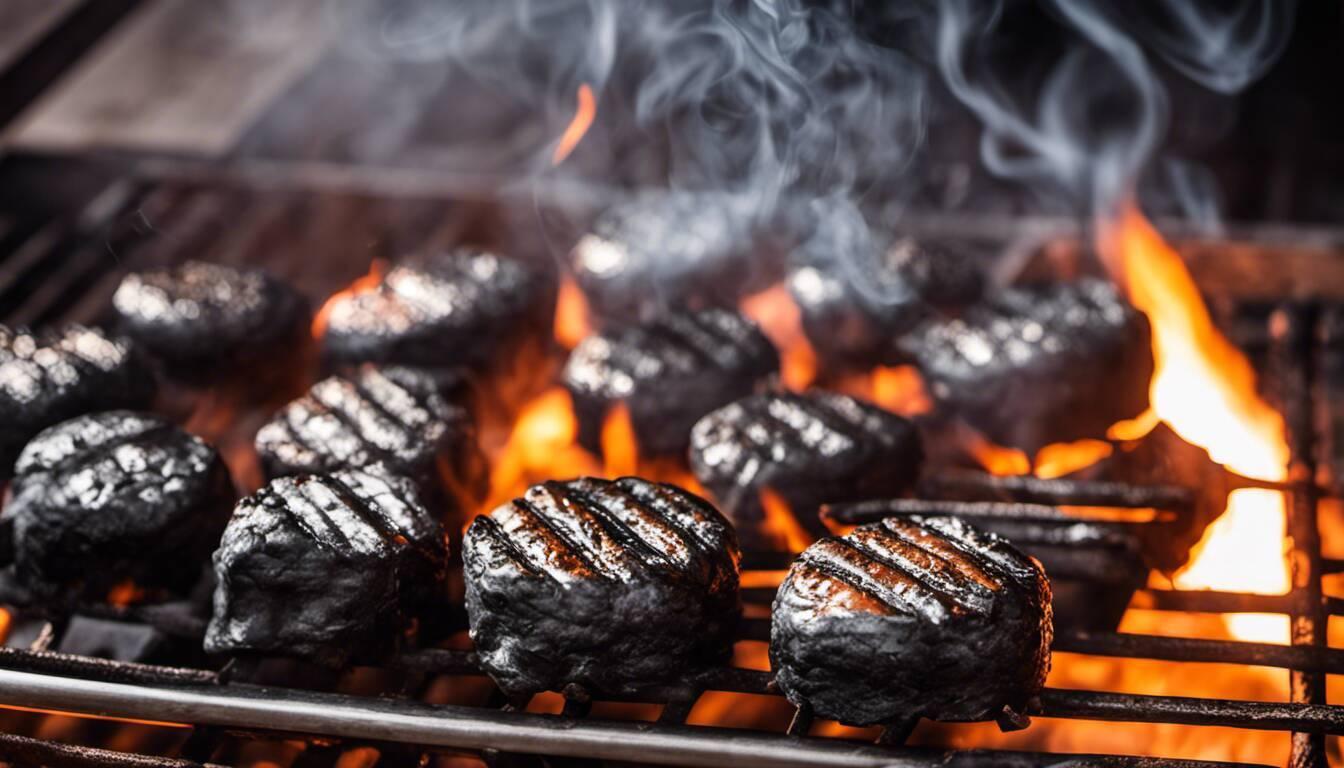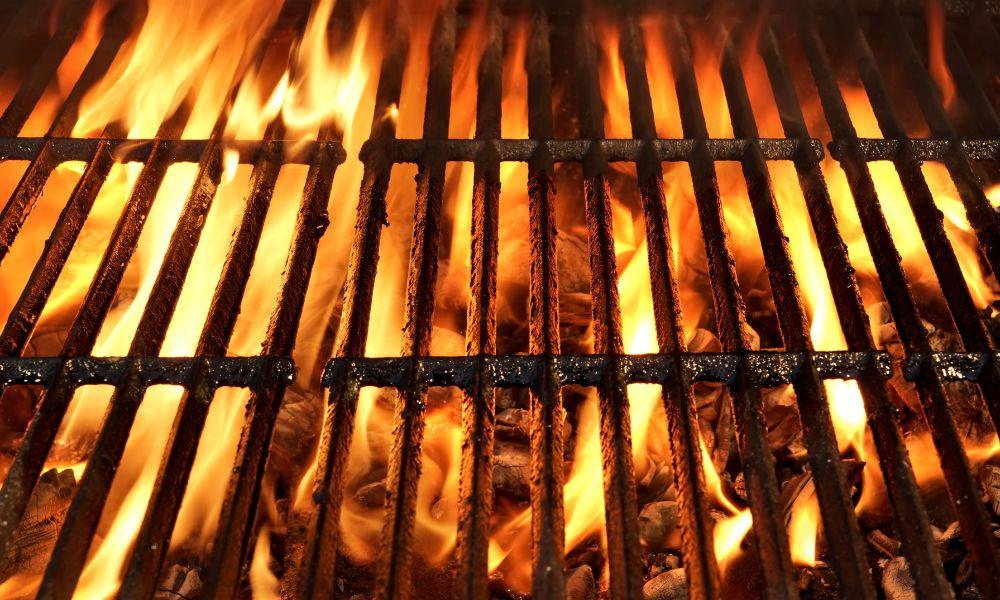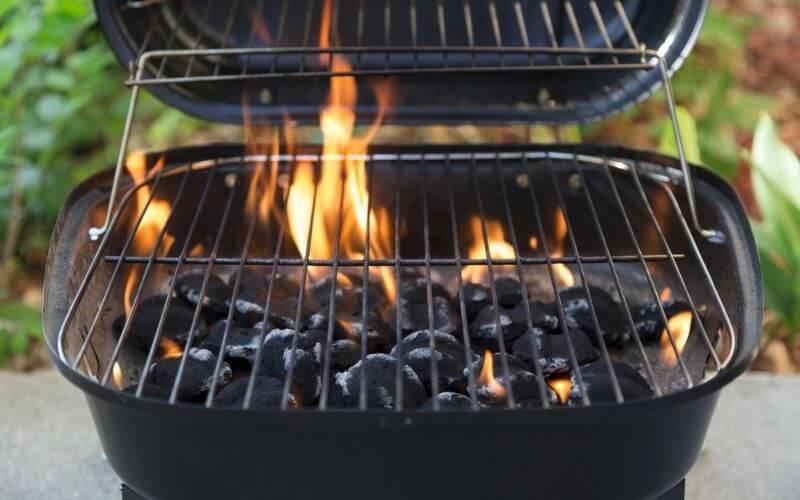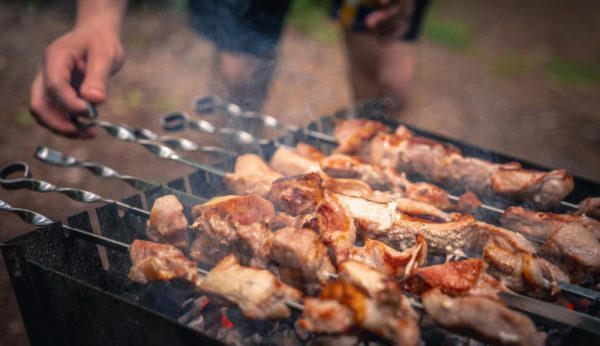Ready for BBQ season? Enjoy the sizzle and keep your grill clean. A clean grill makes your steak taste better. Here’s a guide on grill cleaning. Get ready to become a grill master with our quick tips.
To clean a gas grill, start by turning off the gas supply and allowing all of the components to cool down. Then, remove the grates and use a grill brush or grill floss to remove any debris. Soak the grates in hot soapy water before scrubbing them with steel wool. Next, scrape excess fat and debris from the flavorizer bars and soak them in hot water as well. Use a scouring pad to clean any remaining debris from inside and outside of the grill, then rinse all components thoroughly with water. Finally, dry all parts and reassemble the grill according to manufacturer instructions.

When and How Often to Clean Your Grill
One of the key factors in maintaining your gas grill is knowing when and how often to clean it. Regular cleaning is essential to ensure that your grill performs optimally and remains safe to use.
🔹 The frequency of cleaning depends on your usage and the amount of food residue and grease buildup.
As a general rule of thumb, it’s advisable to give your grill a thorough cleaning at least once or twice a year.
🔹 This involves disassembling the grill components like grates, burners, and flavorizer bars and meticulously scrubbing them.
🔹 You should also clean the exterior of the grill, including the lid and control knobs.
However, regular maintenance cleaning should be more frequent—after every few uses or whenever you notice significant buildup.
🔹 This helps prevent stubborn grease and carbonization from accumulating over time, which can be harder to remove if left for too long.
🔹 Remember that greasy buildup not only affects the taste of your food but can also potentially cause flare-ups and other safety hazards.
Think of cleaning your grill like doing dishes after a meal.
🔹 You wouldn’t want crusty food residue to sit on plates for days before washing them, as it would become much more difficult to remove.
🔹 Similarly, regularly cleaning your grill prevents excessive grease buildup and makes it easier to maintain over time.
Additionally, make sure to clean your grill at the end of barbecue season before storing it away for an extended period.
🔹 This helps prevent any lingering residue from attracting pests or causing corrosion during storage.
Now that we understand the importance of regular maintenance for our grills, let’s explore why it is so crucial.
Understanding the Importance of Regular Maintenance🛠️
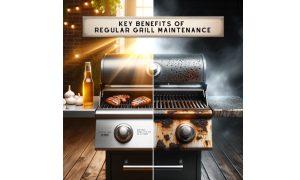
Regular upkeep and cleaning of your gas grill offer key benefits for both your grill’s long life and safe cooking.
🌟 Key Benefits of Regular Grill Maintenance
- Even Heat and Better Control: Cleaning often stops grease and burnt bits from building up. These residues can block even heat flow, causing uneven cooking and flare-ups.
- Longer Grill Lifespan: Upkeep boosts your grill’s lifespan. With proper care, you can stop rust and damage to important grill parts like burners or flavor bars.
- Food Safety: A clean grill keeps your food safe. Built-up grease can trap harmful germs that spoil your food.
Now that you know why regular upkeep is vital for your grill, let’s look at good ways to soak and scrub grates and burners.
📊 Quick Statistics 📈
- According to the Hearth, Patio & Barbecue Association, nearly 64% of adults own a gas grill.
- A 2017 report says that over half (52%) of grill owners clean their gear less than once a month.
- The National Fire Protection Association notes that not cleaning the grill led to one in five (19%) of all grill fires.
Soaking and Scrubbing Techniques for Grates and Burners
Grill grates and burners are important parts that need regular cleaning for your gas grill to work well and last long. Good soaking and scrubbing can remove tough grime, grease, and leftovers from these parts.
Grates Cleaning:
- Soak: First, focus on the grates. Soak them in hot water with some dish soap. This softens the grime for easy scrubbing later. While they soak, you can clean other parts of the grill. 🛁
- Scrub: After soaking, use a grill floss or brush to clean the grates. The grill floss removes grime without leaving metal bits that could stick to your food. Scrub the grates gently until they’re clean.
- Tongs: Use your BBQ tongs to remove each charred food bit from the grates. You’ll see the stainless steel start to shine. 🌟
Burners Cleaning:
- Scrape: Now, let’s clean the burners. First, scrape off any extra fat or leftovers from the flavor bars. This stops clogs and flare-ups. 🔥
- Smoke Box: Next, check and clean the smoke box. This is where fat can build up. 📦
- Small Parts: Also, clean the small parts like knobs and side burners. Make sure no grease or grime is left. ⚙️
Final Touches:
- Sides: Last, scrub the grill sides. Use a scour pad with soap and water to remove any built-up grime. 🧽
- Tough Spots: For tough spots, use stainless steel wool. 🧶
The next part will talk about how to remove grease and grime safely. This keeps your gas grill clean and ready for BBQs. 🍖
Safe and Effective Methods for Removing Grease and Residue

When dealing with grease and residue on your gas grill, it’s essential to use safe and effective methods. These won’t harm your grill’s surfaces or make it work poorly. Here are some expert tips for a deep clean:
- Initial Cleanup 🧹
- First, use a scraper or spatula to remove junk from the grease tray below the grill.
- After you get rid of the big pieces, use a grill brush to clean the tray edges.
- 🔥This stops buildup that could cause fires or grill problems.
- Brush Away Grease 🖌️
- As you brush away the grease, remember that you’re making your grill safer for your next BBQ.
- Burner Elements 🔥
- Next, focus on a crucial task: clean the burner elements.
- Use your grill brush to gently clean each burner.
- Make sure not to push any grime into the burner holes.
- Grill Sides 🧼
- To clean the grill sides, use soap and a scour pad.
- If some spots won’t come clean, use stainless steel wool.
- 🛠️This cleaning is like a tune-up for your grill, ensuring it works well for a long time.
- Final Rinse 💦
- Finally, rinse all the parts you’ve cleaned.
- Use clean water to wash off any soap.
- For the grill grates, use steel wool and water to remove rust or stuck-on grease.
- Prep for Next BBQ 🍖
- Before your next BBQ, turn all burners to high for about five minutes.
- 🚫This dries the grill and makes sure no moisture is left to cause rust.
Prolonging Your Grill’s Lifespan
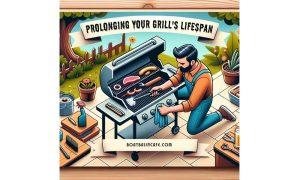
As barbecue season nears, it’s key to enjoy your grill’s tasty meals and keep the grill in top shape for years. 🍔🔥
Key Strategies for Grill Longevity
- Regular Maintenance: Prolonging your grill’s lifespan requires regular upkeep. By implementing these strategies, you can keep your grill working well and dodge costly repairs.
- Proper Storage: Another vital part of preserving your grill is safe storage, especially when you’re not using it or during bad weather.
The Importance of Regular Cleaning 🧼
One big part of making your grill last is regular cleaning.
- After Each Use: Remove food or grease from the grates, burners, and other parts.
- This step fights rust and damage from built-up dirt.
- Exterior Care: Regularly clean the outside of your grill to keep it looking new and to fight rust.
Storage Tips 🌧️❄️
- High-Quality Cover: Use a waterproof cover to protect your grill from rain and snow.
- Indoor Storage: If winters are harsh where you live, consider moving your grill inside or to a safe place like a garage.
By following these tips, you can keep your grill in top shape for many barbecue seasons to come. 🍖🍗
Maintaining Accessories and Replacing Parts
Taking Care of Your Grill’s Parts 🛠
Taking care of your grill’s parts is like tuning a musical instrument. It helps each part work well together for great results.
Key Grate Maintenance 👨🍳
One key to good care is keeping your grill’s grates in top shape.
- Look for signs of damage, a lot of rust, or heat problems.
- Clean them with the right tools if needed.
- Replace grates if you see damage or lots of rust.
Fixing Heat Problems 🔥
Let’s say you find uneven heat when you grill.
- Check the grates and see lots of rust.
- Understand that this rust is causing the heat problem.
- Change the damaged grates to fix the heat and improve your grill’s work.
Maintaining Other Parts 🌟
Also, keep an eye on other important parts like flavor bars, burner parts, and drip trays.
- Clean them often.
- Inspect for wear or damage.
Part Replacement 🔄
Even with good care, some grill parts will need to be replaced due to wear or damage.
- Think of it like changing worn-out guitar strings or broken piano keys.
Use Manufacturer-Recommended Parts 🏭
If you need to replace parts, use the ones the grill maker suggests.
- Remember: Doing so is key for safety and best grill performance.
Safety Precautions and Best Cleaning Practices

Picture this: It’s a warm summer evening, and you’re getting ready for a delightful backyard barbecue with friends and family. Before you start your gas grill, focus on safety and good cleaning habits. This way, your grill stays in good shape and lasts longer.
First, always put safety first when cleaning your gas grill. Make sure the grill is off, disconnected from the gas source, and cool to the touch. This avoids burns or other injuries.
Next, wear safe gear like heat-proof gloves and goggles. Some cleaners can irritate your skin and eyes.
Now that we’ve covered safety, let’s look at top cleaning tips to keep your gas grill in great shape.
Start by brushing the grill grates with a special brush or grill floss. The goal is to remove dirt without letting metal bits get into your food. For tough stains, soak the grates in hot water and dish soap.
Next, focus on the flavorizer bars and smoke box, both crucial for your gas grill’s performance. Use a scraper for the flavorizer bars and clean the smoke box well. Both parts can soak in hot soapy water for a deeper clean.
Take a moment to check the grease tray at the bottom of your gas grill. Scrape off all the gunk and brush away edge grease. Be careful not to push dirt into the burner openings.
To clean the grill sides, use a scrub pad, soap, and water. This removes old dirt. For tough spots, use stainless steel wool.
Don’t forget the control knobs and extra features like a side burner. Wipe them with a wet cloth to remove any grime.
Scrubbing and rinsing remove any soap left on your grill parts. One key part of grill care is removing rust and grease from the grates. Use steel wool and clean water for this.
Finally, turn all burners to high for about five minutes. Turning the burners on high burns off any leftover food or dampness.
Now, let’s talk about the best tools for cleaning your grill and which ones to avoid.
Grill Cleaning Tools: What Works and What Might Be Harmful
When it comes to choosing the right tools for cleaning your gas grill, it’s essential to know which ones work well and safely.
- Stainless Steel Bristle Brush: One popular tool for cleaning grill grates is a brush with stainless steel bristles. These bristles can remove food bits without scratching the grill.
- ⚠️ Caution: Be careful with low-quality brushes. Their bristles can come loose and get into your food. To avoid this, choose a high-quality brush from a trusted maker.
- Aluminum Foil: Another good cleaning method is using a ball of aluminum foil to scrape off loose bits from the grill. This works well for cleaning big areas like the sides or the flavorizer bars.
Cleaning Your Grill Carefully 🧽
Cleaning your gas grill needs the same care as a car. Choose tools that remove dirt without causing scratches or damage.
- 🚫 Avoid Risky Tools: Some tools should not be used on your gas grill. For example, wire brushes with brass or carbon steel bristles can be risky. Over time, these bristles can come loose and stick to the grill or food. If you eat these bristles, you could have serious health problems.
- Abrasive Tools: Be careful with abrasive tools like metal scrapers. Wrong use can scratch or damage your grill.
Time to Take Action 🎬
Now that we know the best ways to clean and the right tools to use, it’s time to clean your gas grill. This keeps it in top shape for all your barbecue needs.
Final Tips: When cleaning a gas grill, choose tools that are both effective and safe. The wrong tools can damage the grill or make your food unsafe. Aluminum foil can also help clean bigger areas. But avoid wire brushes with brass or carbon steel bristles, as they can be risky if you eat them. Also, use metal scrapers carefully to avoid any damage to your grill.
